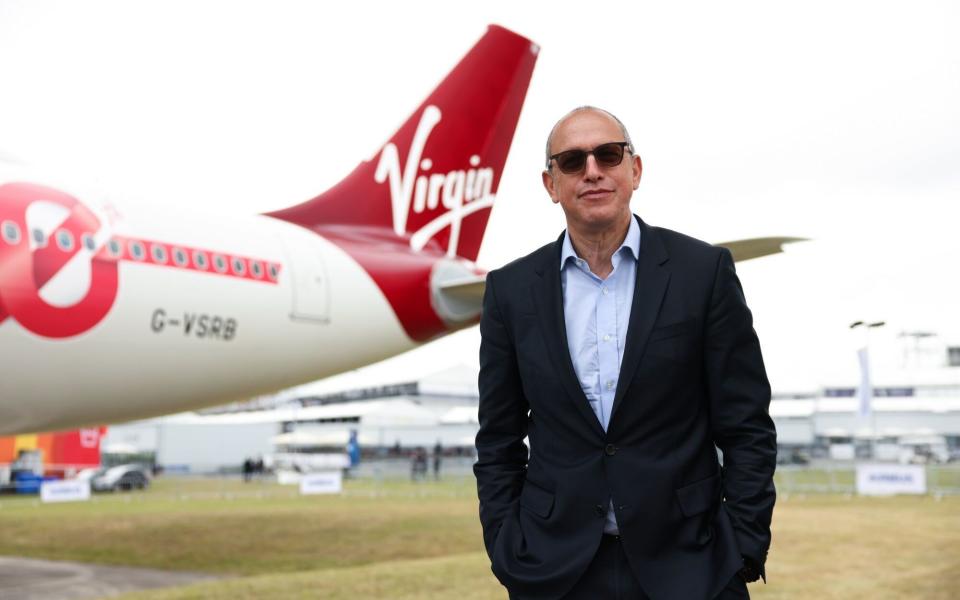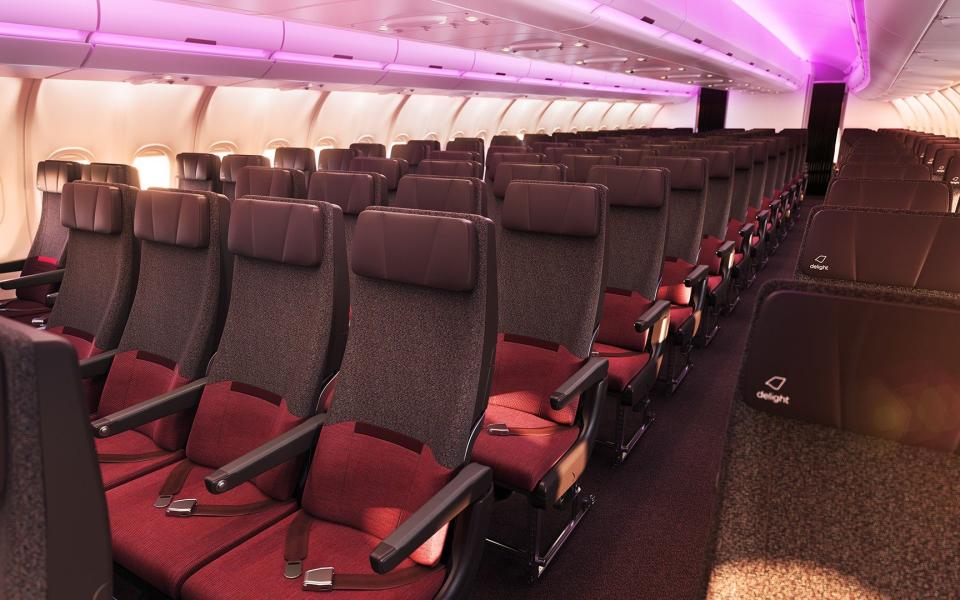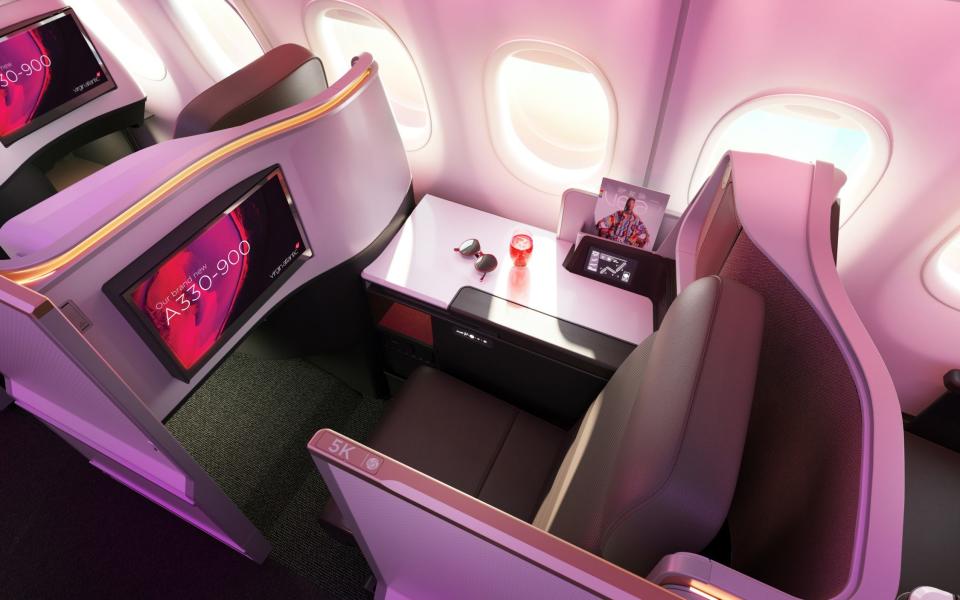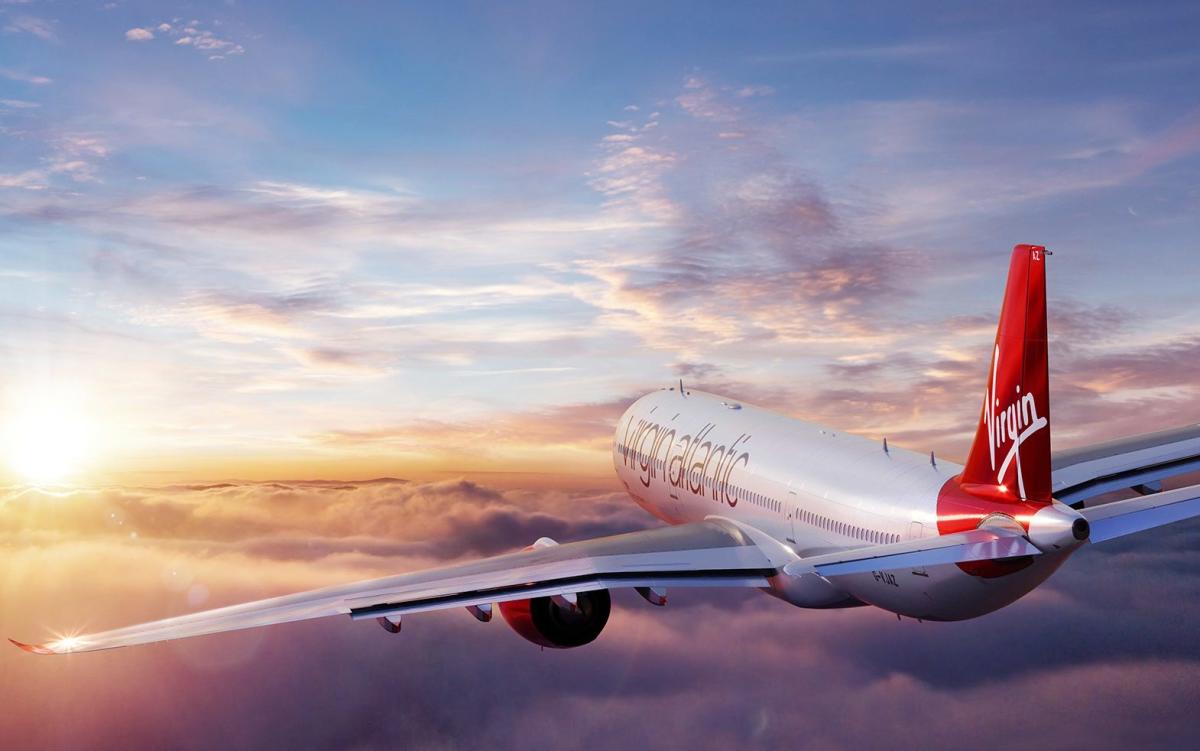Pride of place at Britain’s Farnborough Air Show usually goes to the biggest airlines with the biggest jets. But at this year’s jamboree in July, Virgin Atlantic, a David to British Airways’ Goliath, stole the show with one of its new midsize Airbus A330neos parked next to the runway.
Shai Weiss, Virgin Atlantic’s CEO, emerged from the front door to announce an order for another seven A330neos, taking the total number in Virgin’s fleet to 19 and making Virgin a majority Airbus carrier. That’s quite a turnaround. Sir Richard Branson’s carrier has mainly flown Boeing planes, notably its iconic 747 whose upper deck inspired Branson to call Virgin’s business-class offering Upper Class.
Virgin is not alone in its embrace of the A330neo. Hong Kong-based Cathay Pacific, American giant Delta, Germany’s Condor, Malaysia Airlines and Portugal’s flag carrier TAP have all recently also announced large orders for the plane. Cathay has ordered 30 with rights for another 30.
Overall, in the four weeks after the Farnborough show, Airbus received 57 new firm orders for the A330neo and 60 options, overtaking other models as the most-ordered wide-body aircraft during that period. Overall, Airbus now has firm orders for 326 A330neos, 139 of which have been delivered.


It is a dramatic reversal of fortune for the twin-engine jet which first took to the skies in 2018. Until recently most airlines preferred Boeing’s 787 “Dreamliner” or Airbus’s larger A350 because both those aircraft are newer. The A330neo is the latest model based on the A330 family which first took to the skies in 1992.
What’s behind the new-found popularity of the A330neo, and what does it mean for passengers?
Many airlines are starting to favour it over the 787 because it burns less fuel. Fuel is an airline’s single biggest operating cost. Airbus says the A330neo’s new Rolls-Royce Trent 7000 engines burn 25 per cent less fuel per seat than the Boeing 777-200 and 14 per cent less fuel per seat than earlier A330 models. Overall, the A330neo has a seven per cent lower cost per seat than the 787. Corneel Koster, Virgin Atlantic’s chief customer and operating officer, points out that the A330neo’s carbon emissions are 11 per cent lower than older models of the jet.
He adds that it is also the quietest wide-body jet in the sky – not just for passengers but also for people on the ground. Airbus says the cabin is three decibels quieter than the 787 and the engines are half as noisy on take-off and landing as those on earlier models of the A330.


Airline CEOs are also beginning to favour the A330neo because it can be cheaper than alternative jets. Privately, aviation analysts say that with discounts, the A330neos “tend to be nearly 50 per cent cheaper to buy than the A350 which will be a big reason why airliners are going for them,” as one puts it.
CEOs also think the A330neo may be quicker to get hold of than the 787. Concerns over manufacturing standards at Boeing, following two fatal crashes of the 737 Max 8 and safety warnings about the 737 Max 9 and the 787, have slowed production at Boeing factories. To make matters worse, Boeing’s factory workers have just voted to go on strike.
The size of the cabin of the A330neo – 260 seats, compared with more than 320 for the A350 – enables airlines to hit what many regard as just the right number of seats in a three-class configuration and introduce some new innovations, which is good news for passengers.
On Virgin’s A330neo the 184 economy class seats are arranged in a 2-4-2 formation, not the standard 3-3-3 on most long-haul jets, which means that four passengers have direct aisle access and the other four only ever need to ask one person to move when they want to get up.


Virgin has installed 28 extra legroom seats, somewhat optimistically called Economy Delight, which have a 34-inch pitch, the most generous legroom of any carrier in economy. All are window and aisle pairs, which makes them more appealing, especially to couples travelling together.
What about premium, the class between economy and business which Virgin pioneered and originally called premium economy? The 46 seats in this cabin are arranged 2-3-2, which gives direct aisle access to most passengers. There is enough space to create a larder with snacks for passengers to raid.
In Upper Class the 32 all-new suites, which convert into a bed up to 6ft 7.5 inches long, are forward facing, not angled towards the windows as in the past on Virgin’s jets. Weiss has also used the plane to debut its new Retreat Suite in the front row, which features two large seats with sliding doors for privacy and enough room on either side of the vast dining table for two people to sit comfortably and eat facing one another.


Because the A330neo is smaller than the A350 and the larger variants of the 787 it makes it easier for airlines to fill, which offers carriers greater flexibility. It can be used to increase capacity on both short- and long-haul routes when demand spikes.
Lavinia Lau, chief customer and commercial officer at Cathay, says the A330neos will be mainly deployed on 3-4 hour-long flights to destinations in Asia – but she points out that the aircraft can fly for up to eight hours, which gives Cathay the option of flying them from its Hong Kong hub to parts of Australia or India.
Whatever reasons are uppermost in airline CEOs’ minds, expect to board an A330neo any day now.

